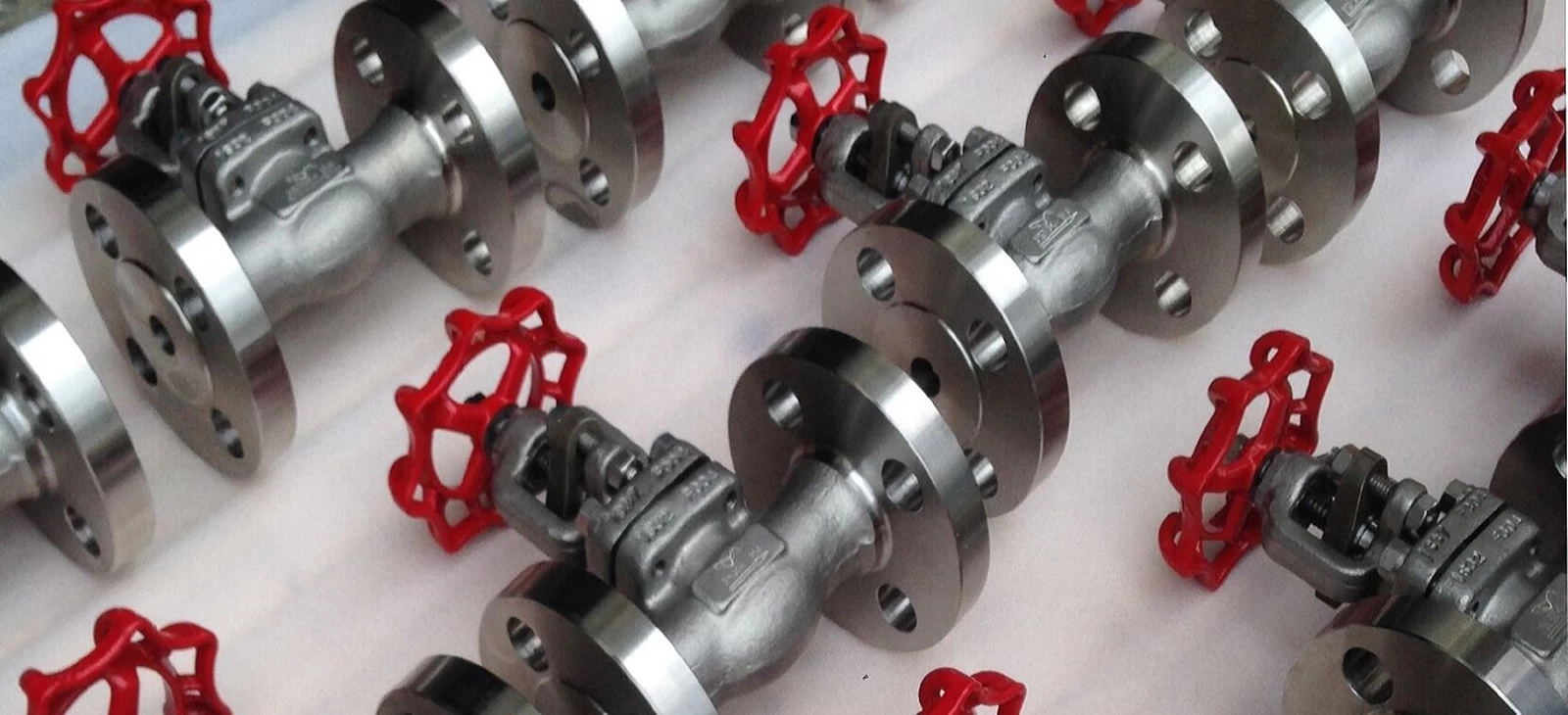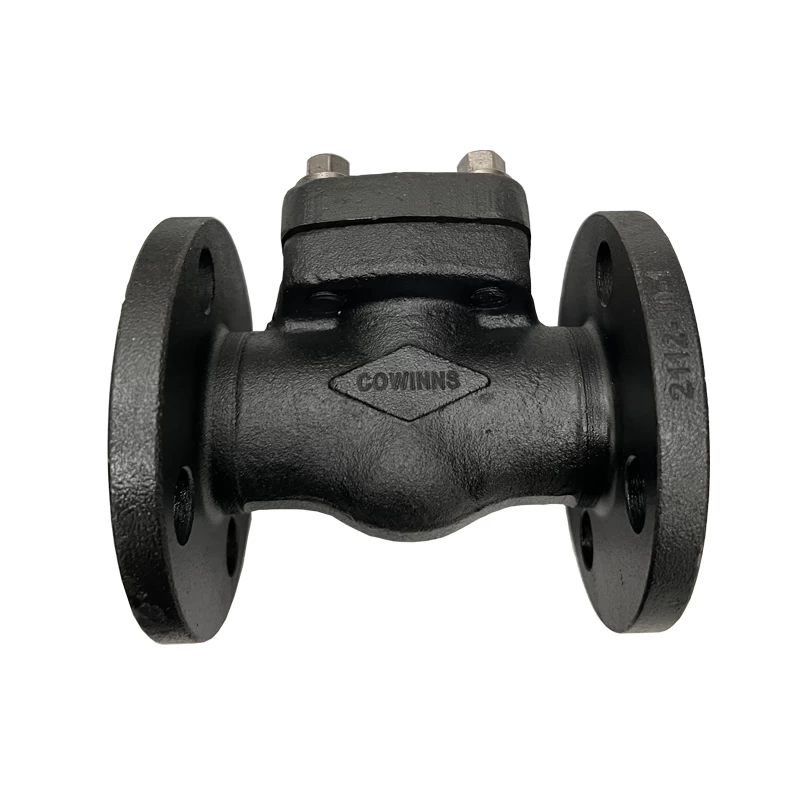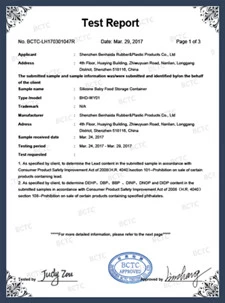Why the use of gate valves in oxygen pipelines is prohibited

According to the regulations on valve
material in "GB 16912 Oxygen and Related Gas Safety Technical
Regulations": when the pressure is greater than 0.1MPa, it is strictly
forbidden to use gate valves, when 0.1MPa
In recent years, with the increase in oxygen consumption, most oxygen users have used oxygen pipelines for transportation. Due to the long pipelines and wide distribution, coupled with the sudden opening or quick closing of the valves, accidents that cause oxygen pipelines and valves to burn and explode occur from time to time. Therefore, a comprehensive analysis of the hidden dangers and dangers of oxygen pipelines and unpopular doors and corresponding measures should be taken. is crucial.
1. Analysis of the causes of combustion and explosion of several common oxygen pipelines and valves
1). The friction of rust, dust, welding slag
in the pipeline and the inner wall of the pipeline or the valve port will cause
high temperature and burn.
This situation is related to the type, particle size and airflow velocity of impurities. Iron powder is easy to burn with oxygen, and the finer the particle size, the lower the ignition point; the faster the gas velocity, the easier it is to burn.
2). There are low ignition point substances such as grease and rubber in the pipeline or valve, which will ignite under local high temperature.
The ignition point of several combustibles
in oxygen (under normal pressure):
Name of combustible burning point (℃)
Lubricating oil 273~305
Steel paper pad 304
Rubber 130~170
Viton 474
Trichloroethane 392
PTFE 507
3). The high temperature generated by adiabatic compression burns combustibles
For example, the temperature in front of the valve is 15MPa, the temperature is 20°C, and the pressure behind the valve is 0.1MPa. If the valve is opened quickly, the oxygen temperature after the valve can reach 553°C according to the adiabatic compression formula, which has reached or exceeded the ignition point of certain substances.
4). The lowering of the ignition point of combustibles in high-pressure pure oxygen is the incentive for the combustion of oxygen pipeline valves
Oxygen pipelines and valves are extremely dangerous in high-pressure pure oxygen. Tests have shown that the detonation energy of fire is inversely proportional to the square of the pressure, which poses a great threat to oxygen pipelines and valves.
2. Preventive measures
1). The design should comply with relevant regulations and standards
The design should comply with the "Several Regulations on Oxygen Pipe Networks in Iron and Steel Enterprises" issued by the Ministry of Metallurgy in 1981, as well as the "Technical Regulations for Oxygen and Related Gas Safety" (GB16912-1997), "Oxygen Station Design Code" (GB50030-91) and other regulations and standards Requirements.
(1) The maximum flow rate of oxygen in carbon steel pipes should meet:
Maximum flow rate of oxygen in carbon steel pipe: working pressure ( MPa ) ≤0.1 flow rate (m/s) 20
0.1~0.6 Flow velocity (m/s) 13
0.6~1.6 Flow velocity (m/s) 10
1.6~3.0 flow velocity (m/s) 8
(2) In order to prevent fire, a section of copper-based alloy or stainless steel pipeline with a length of not less than 5 times the pipe diameter and not less than 1.5m should be connected after the oxygen valve.
(3) Oxygen pipelines should have as few elbows and bifurcations as possible. Oxygen pipeline elbows with working pressure higher than 0.1MPa should be stamped into valve flanges. The airflow direction of the bifurcation head should be at an angle of 45° to 60° with the airflow direction of the main pipe.
(4) In the butt-welded concave-convex flange, the red copper welding wire is used as the O-ring seal, which is a reliable sealing form for the flame resistance of the oxygen flange.
(5) Oxygen pipelines should have good conductive devices, the grounding resistance should be less than 10Ω, and the resistance between flanges should be less than 0.03Ω.
(6) A vent tube should be installed at the end of the main oxygen pipeline in the workshop to facilitate the purging and replacement of the oxygen pipeline. A filter should be installed before the longer oxygen pipeline enters the workshop regulating valve.
2). Installation considerations
(1) All parts in contact with oxygen must be degreased strictly, and then blown with dry air or nitrogen without oil after degreasing. (2) Argon arc welding or arc welding should be used for welding.

3). Operation precautions
(1) The oxygen valve should be opened and closed slowly. The operator should stand on the side of the valve and open it all at once.
(2) It is strictly prohibited to use oxygen to blow the pipeline or use oxygen to test leaks and pressure.
(3) Implement the operation ticket system, and make more detailed explanations and regulations on the operation purpose, method and conditions in advance.
(4) Manual oxygen valves with a diameter greater than 70mm are allowed to operate when the pressure difference between the front and rear of the valve is reduced to within 0.3MPa.
4). Precautions for maintenance
(1) The oxygen pipeline should be checked and maintained frequently, rust removed and painted, once every 3 to 5 years.
(2) The safety valve and pressure gauge on the pipeline should be checked regularly, once a year.
(3) Improve the grounding device.
(4) Before hot work, replacement and purging should be carried out. When the oxygen content of the blown gas is 18% to 23%, it is qualified.
(5) The selection of valves, flanges, gaskets, pipes, and fittings should comply with the relevant regulations of the "Technical Regulations for Oxygen and Related Gas Safety" (GB16912).
(6) Establish technical files, train operation, overhaul and maintenance personnel.
5). Other safety measures
(1) Increase the importance of construction, maintenance and operation personnel to safety.
(2) Improve the vigilance of managers.
(3) Improve the level of science and technology.
(4) Continuously improve the oxygen delivery program.
Summary :
The real reason why the gate valve is disabled is actually because the sealing surface of the gate valve will be scratched and damaged due to friction during the relative movement (that is, the valve opening and closing). Once damaged, there will be "iron powder" falling off from the sealing surface, such fine particles The iron powder is easy to catch fire, and this is the real danger.
In fact, gate valves are forbidden on oxygen pipelines. Other stop valves are also subject to accidents. The sealing surface of the stop valve will also be damaged, which may also be dangerous. The experience of many companies is that all oxygen pipelines use copper-based alloy valves instead of carbon steel. , Stainless steel valve.
Copper-based alloy valves have the advantages of high mechanical strength, wear resistance, and good safety (no static electricity). The real reason is that the iron filings generated by the sealing surface of the gate valve are very easy to wear. As for the sealing performance Decline or not is not the key.
In fact, many oxygen pipelines that do not use gate valves also have explosion accidents, which usually occur at the moment when the pressure difference between the two sides of the valve is large and the valve opens quickly. Multiple accidents have also shown that ignition sources and combustibles are the ultimate cause. Disabling gate valves is just a means to control combustibles, and the purpose is the same as that of regularly removing rust, degreasing, and banning oil. As for controlling the flow rate and doing static grounding, it is to eliminate the source of ignition. I personally think that the valve material is the first factor. Similar problems have also occurred in hydrogen pipelines. The new specification has removed the wording of "prohibited gate valves", which is a clear proof. The key is to find the reason. Many companies actually do not care about the operating pressure. The copper-based alloy valve is forcibly used , but there are also explosion accidents. Therefore, controlling the fire source and combustibles, carefully maintaining, and tightening the safety string are the most critical.
Cowinns can offer professional service not only for oxygen pipeline but also we can offer B381 F2 ball valve for corrosion medium pipelines
 +86 512 68781993
+86 512 68781993 


















